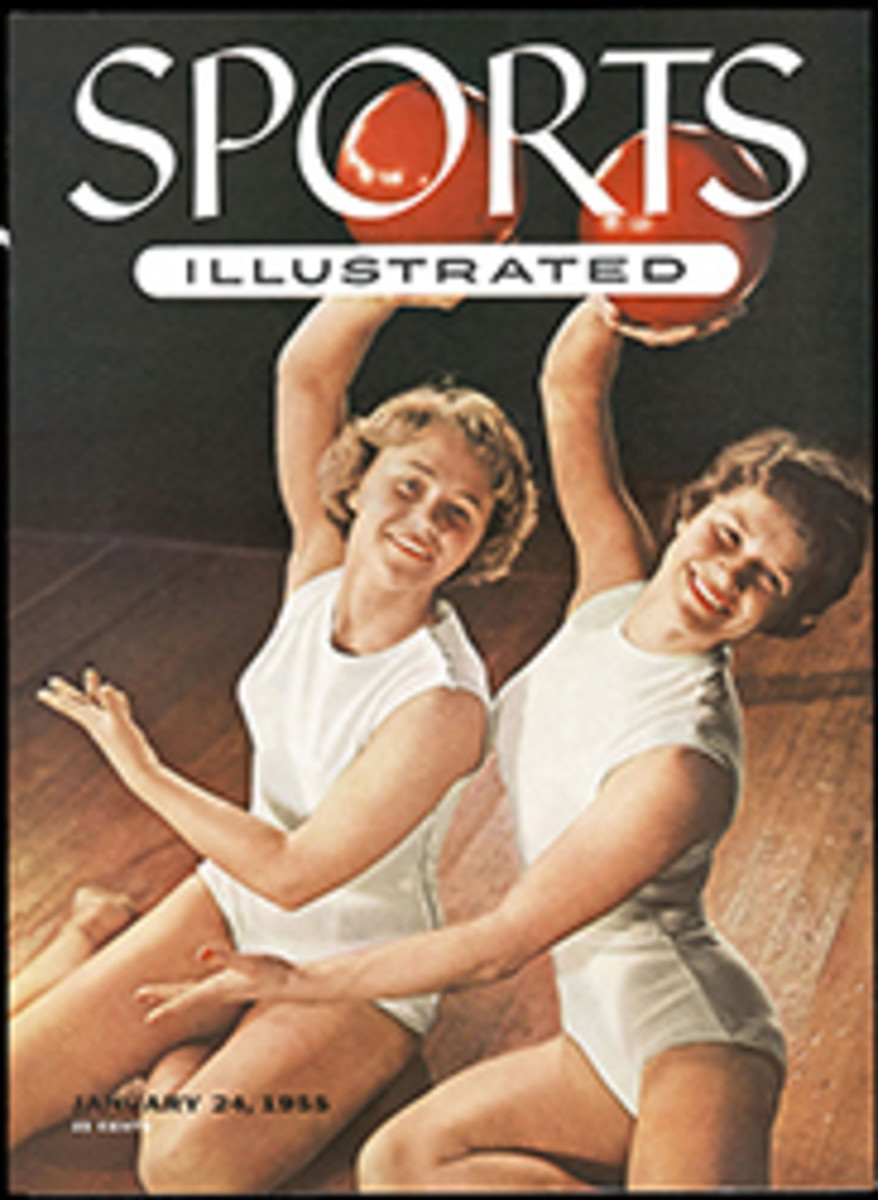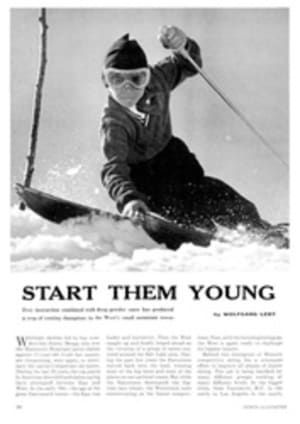
WANT TO TRY A ROAD TEST?
You lucky guy!" said an enthusiast friend recently. "Every week somebody lends you a different sports car to test and you just breeze out and have fun. What a life!"
A pleasant thought, except that road tests aren't the picnic they may seem to be—not by a dozen downshifts. For one thing, you can't win. In the whimsical kingdom of European car imports with its touchy rivalries, the automotive writer is a sitting duck for broadsides from all directions. Praise a new model and someone is sure to crab: "Isn't there anything wrong with that crate?" Criticize it, and the distributor out in California phones you at midnight. "Whaddaya mean," he snarls, "writing that lousy article?"
FACT, NOT OPINION
The main thing to remember is that the average road test is not a laboratory report prepared for the critical review of a board of scientists. Its prime purpose is to give readers an honest but simplified account of what they may expect from a given car, within the scope of the particular purpose for which that car is intended. Road tests are not a matter of opinion but of fact. The test driver is like the juryman at a trial; his verdict can only be based on practical evidence supplied by the car under test, not on the manufacturer's claims. After all, what the test reveals can just as well happen to a purchaser. It's the dealer's job to make sure that the car is properly tuned. If he fails, it's a reflection on his service facilities.
Obviously, a road test is hard on any car, since its object is to learn exactly what it will do with no punches pulled. A test to jar your sensitive instincts, for instance, is acceleration from a standstill to various speeds against the stop watch. An assistant holds the watch and calls out: "One—two—three—." On the word "Go!" the clutch slams in, the car takes off with squealing tires, the engine winds up to peak rpm while the driver crash-shifts upward into second or third gear. The instant the speedometer reaches the required figure the driver calls out: "Now!" and the assistant stops the watch. An average of three runs gives a fair idea of pickup.
Braking from various speeds to a full stop is another strenuous maneuver, hard on tire treads. A simple method, which any driver can use, is to stretch a broad white tape across a road with a good, paved surface. As the front wheels run over the tape you mash down the brake pedal, keeping a firm grip on the steering wheel. If a brake shoe grabs, the car will try to slew crab-wise across the road. Assuming it maintains a straight path, you then run a tape measure from the braking point to the front wheel hubs. A more scientific method is to measure the percentage of braking efficiency against a given percentage of pedal pressure determined in pounds. However, what the average reader wants to know is how quickly a car will stop; and despite the percentage of error in human reaction, the good old tape measure remains a dependable expression of just that.
This is all very fine, but how do you know the speedometer is correct? Assuming the tires are inflated to specified pressures (an important factor), you can check the speedometer against the tachometer, which is usually far more accurate. Here some simple mathematics enters the picture. It is first necessary to compute exactly how many miles per hour per 1,000 rpm are obtainable in each gear. Supposing top gear ratio provides for 20 mph per 1,000 rpm, and at 2,000 rpm the speedometer registers 45 mph, you may reasonably assume that it is 12% fast at that speed. However, since the tachometer might also be off, you can check it beforehand against the electric tachometer on a road-wheel dynamometer. A simpler approach to the whole problem is a fifth-wheel speedometer trailing behind the car, but it, too, is subject to slip and therefore to some error.
A GOOD RUN WILL TELL
Generally speaking, centrifugal force tends to increase tire diameter by about four per cent at high speeds, but some of this gain is offset by wheel slip resulting from inequalities and bumps in the road.
Maximum speed is a matter of locale and police cooperation; but if you enter a straight and level half-mile at 50 mph in high gear, you'll have a pretty good idea of what the car will do flat out—with or without a stop watch.
For the rest, a good 100-mile run under average highway traffic conditions "will do more to reveal the various quirks in a test car's personality than a battery of scientific instruments. How does it ride and steer? How maneuverable is it? How well does it tackle corners and hills? Is the driver still comfortable and relaxed after, say, an hour at the wheel? Are there any tiring mechanical noises or uncalled-for rattles in the bodywork? What is the optimum cruising speed at which the engine seems happiest?
The test driver's job is to act as proxy for the average reader who might find it difficult to call on a dozen different dealers and ask each of them: "Can you lend me a Cugar 1500 for a 100-mile run?" True, your pal George may own one of these jobs, but his opinion is bound to be biased.
TWO ILLUSTRATIONS

